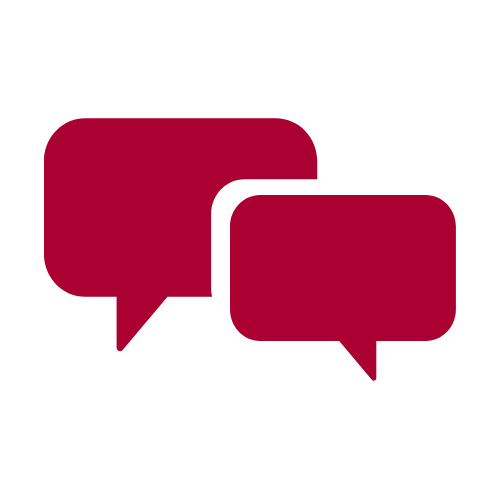
This guide will assist students and researchers in preparing for a poster presentation. It will point you to resources that can help you design, create, print, and prepare your poster and presentation.
Posters are an effective way of sharing your research. Posters may be presented at SOURCE, other professional conferences, local research events, or educational events for the general public. Regardless of the setting, posters will allow you to communicate information about your research to others in a concise and visual manner and also engage with viewers.
This guide provides tips and resources for each stage of the poster design process. Use the tabs on the left side to navigate through the pages of the guide.
Some suggestions for planning your poster:
Review guidelines for the conference you will be presenting your poster at:
Most people will not read your entire poster. Viewers should be able to figure out what you did, what you found, and why it's important by quickly scanning the title, results, graphics, and conclusion of your poster! Look at your poster as if you have never seen the content before. Can you get the gist of it in 5 seconds?
Distribute text and graphics evenly throughout the poster. Below is a graphic with examples of ways to keep your poster symmetrical:

Credit: Hess, G.R., K. Tosney, and L. Liegel at Creating Effective Poster Presentations.
Graphics like charts, tables, graphs, figures and photographs, are a way to impart information to your viewers. The type of graphics that you use will depend on your audience and the message of your poster.
Create graphics that are easy-to-read and self-explanatory.
Your graphics should be large enough that they can be read by a person standing a few feet away.
Give each graphic a title and clearly label charts, tables, graphs and photographs.
Think beyond the basic chart or graph, and consider how other data visualizations or infographics might help convey your message.
If you do use anything that you did not create, then cite them!
| Sample Serif Fonts | Sample Sans-Serif Fonts |
| Georgia |
Lucida Sans Unicode |
| Times New Roman | Tahoma |
Font size depends on the size of your poster. Here are some basic guidelines! If you need more text on your poster, you'll probably have smaller font size. Standard suggestions:
Credit: Text from Oregon State University Libraries and graphic from University of Southern California Libraries.
